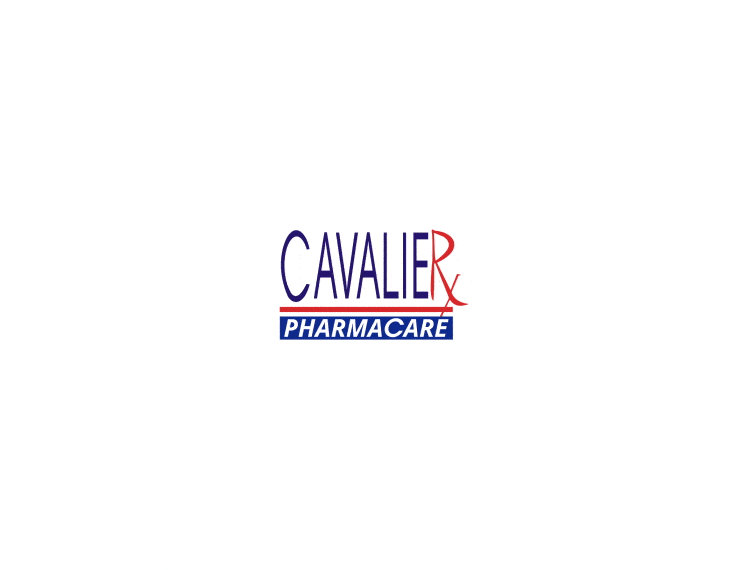One of the most regulated divisions in the healthcare industry is the pharmacy sector. The world is evolving every day because of technology, and pharmaceutical packaging trends are also on the rise. Customers are seeking safety and sustainability more than ever.
Retail pharmacies and other pharmaceutical companies are required to adhere to strict pharmaceutical packaging designs. The designs must match the standards and guidelines set by the U.S. Food and Drug Administration (FDA) and other government authorities.
But first, let us know what really goes into a pharmaceutical packaging design. Realistically speaking, the must-haves can be broken down into three parts: readability, safety, and sustainability. It is the designers’ responsibility to employ the best practices in their pharmaceutical packaging projects. This is very crucial since their finished products may mean life and death for their consumers.
First, let’s talk about readability. Readability in pharmacy packaging design refers to the ease with which the information on the packaging can be understood by the intended user. It includes the use of clear and legible text, appropriate font size and type, and the use of color and other design elements to enhance comprehension. It is essential for the packaging to have high readability to ensure that patients can correctly identify and use their medication.
Next is safety. It is important to take note that the packaging should not let any contaminant enter the product for safe consumption. But how can you really guarantee that the packaging is 100% safe, though? The best thing is to check if the medical supplies are FDA-approved. It means it used FDA-compliant packaging materials too. In case you are wondering what these materials are, they are printing inks, medical plastics, and many more.
Lastly, sustainability. Are you aware of the effects of non-biodegradable materials on the environment? A retail pharmacy like Cavalier Pharmacare is very particular in terms of pharmaceutical packaging designs that can contribute to environmental sustainability. It is essential for packaging designers to eliminate single-use plastics and replace them with recyclable materials. Incinerator-safe pharmaceutical packaging
As a dependable provider of pharmaceutical services, we have listed a few tips to consider in pharmaceutical packaging designs. Read on and learn more about them below.
- Make sure the name of the medication and its strength is not obscured.
Proper labeling is vital in medication. You can’t just let your loved one take a drug you are not even sure of its name. Checking the right dosage matters, too, since it can affect the condition of the individual taking it. Having the appropriate name of the medication and its strength should be a priority, especially for those who are in long term care.
- Be consistent between dispensing labels and product names.
To ensure patient safety, correct drug labeling is crucial to ensuring proper drug dispensing. The last thing that should be in the designers’ minds is labeling errors that can result in adverse health outcomes. Labels may include the medication’s components, ingredients, direction for use, attributes, and more.
- Verify if the general medicine name is visible to avoid confusion between the brand name and the name of the medicine itself.
Whether it’s an OTC drug or a prescription, generic and brand names must be unique from each other to prevent one drug from being mistaken for another. Yes, drugs have several names. These names do not just make it in the company markets, but proposed brand names must be agreed upon by the FDA to prevent possible confusion.
- Make sure the packaging used is durable and high quality.
Medical supplies and other pharmaceutical products can be exposed to a variety of conditions during distribution. They may be put in cold temperatures, heavy handling, damp areas, and so much more. As its primary purpose, which is to keep contents safe, pharmaceutical packaging should be durable for guaranteed protection. Whenever a packaging material is short-lived and already fails at the first hurdle, just think about the products’ effects on its users.
- Consider tamper-proof packaging.
One of the biggest problems the pharmaceutical industry is facing today is counterfeit medication. Packaging designers are now opting to tamper-proof packaging to ensure authenticity and accurate labeling. One example is putting holographic foils, security labels, and diamond dust to give the packaging a unique spectral signature.
All we want is what’s best for the people we serve in our pharmacy. Once you come by and visit us in Martinsville, Virginia, you will be greeted by our staff members with a smile. It is our passion to serve individuals from all walks of life. Plus, never have second thoughts in asking our dedicated pharmacists when it comes to your medications and more! We’re ready to accommodate them when you ring our lines at 276-666-6644 or visit our physical pharmacy in Martinsville, Virginia today.






Leave a Reply